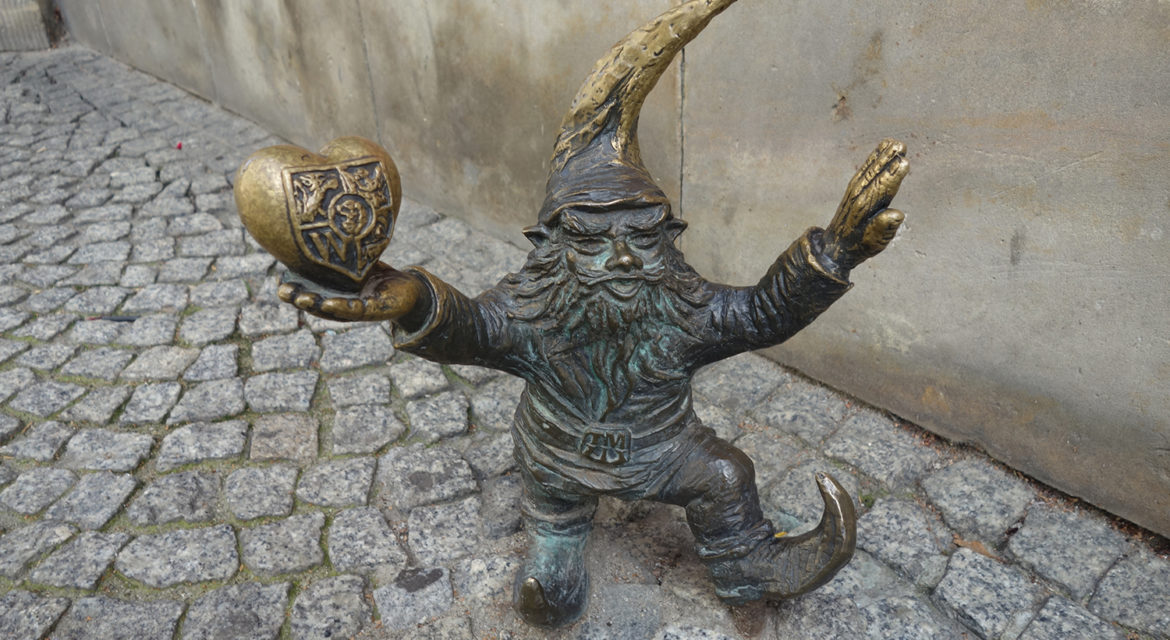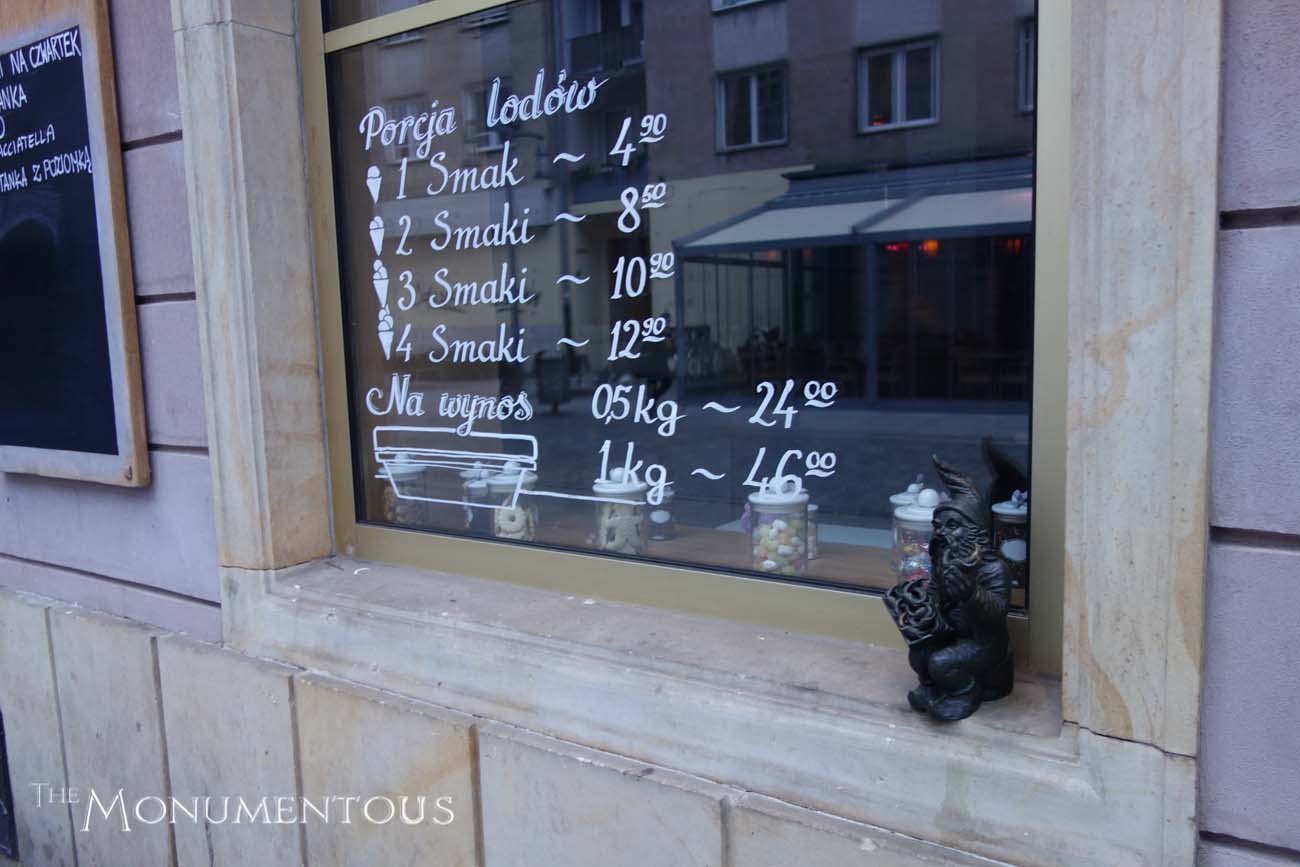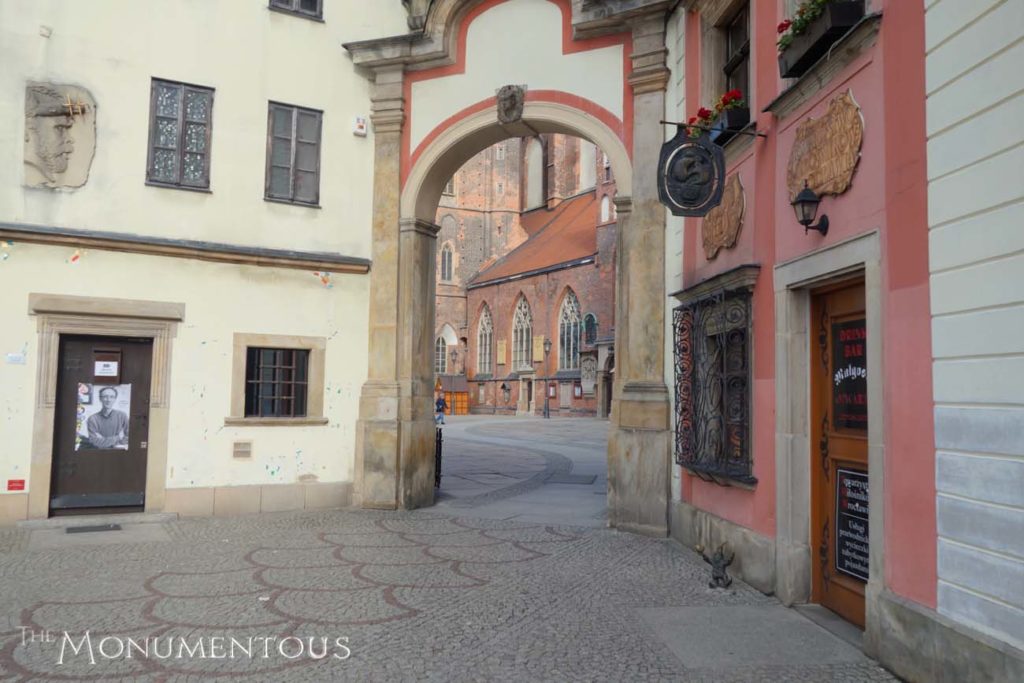
You wouldn’t know it at a quick glance, but Wrocław is full of dwarfs. The largest city in Western Poland is home to a collection of bronze statues that are about a foot tall. These dwarfs (krasnale in Polish) hide in various places within and just outside of the Old Town. Unlike trolls that live under bridges, passers-by can easily miss them, even if they’re looking to spot them. The fact is, you’re just as likely to trip over one as you are to notice them.
The dwarfs represent an important piece of history for Wrocław, but these mythical characters have also become a very real part of the city today. The tiny sculptures might not be monumentous in size, but their influence is something that can be seen and felt. They’ve given tourists and residents a reason to experience the city in a personal way, while also attracting attention from across the nation and even the world.
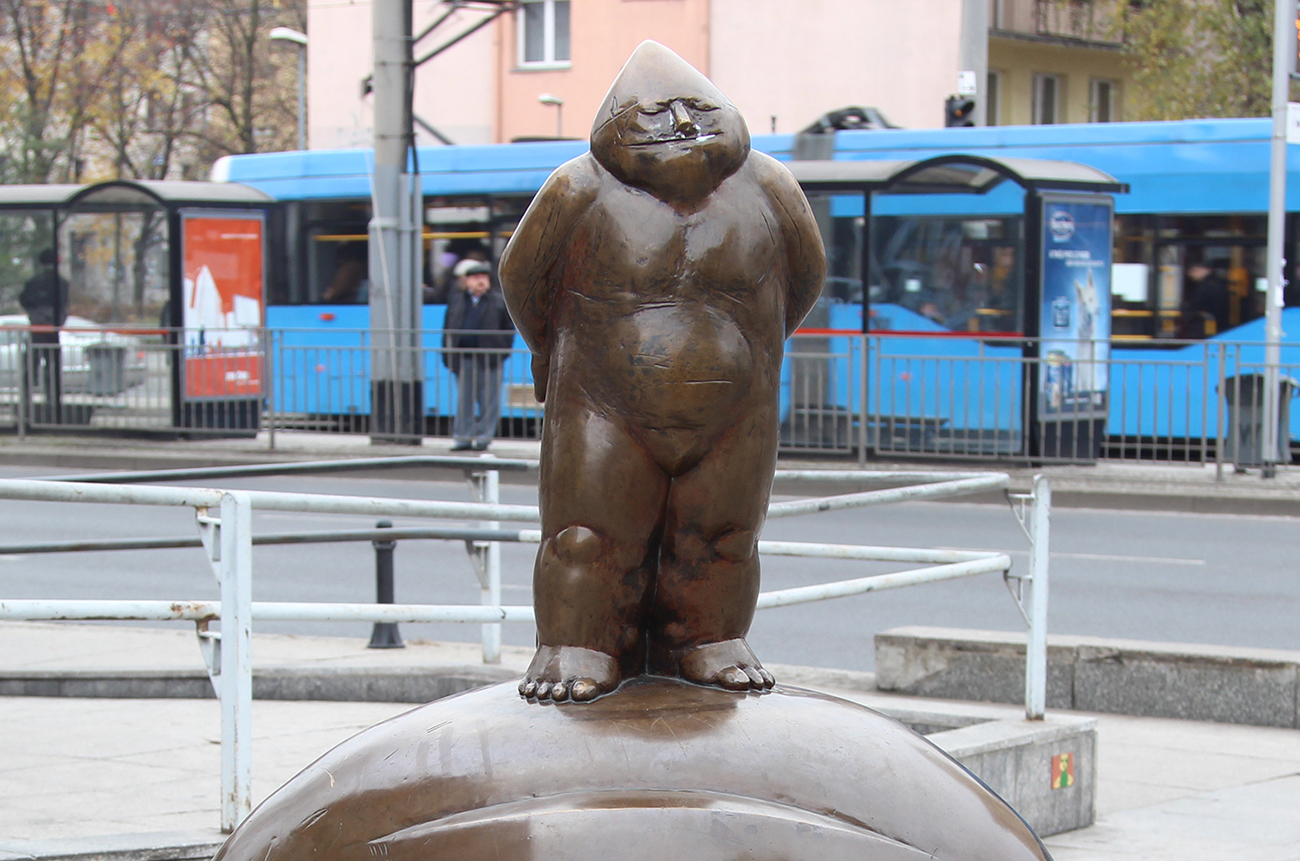
Commemorating Peaceful Protest and Absurdity with a Dwarf
Wrocław’s first dwarf is “Papa Dwarf”, who took his place on Świdnicka Street in 2001 to commemorate the Orange Alternative. This group first met in the 1980’s to provide citizens with an alternative means of opposing the Soviet regime, which was in power at the time. The group maintained a non-violent position and used the imagery of a dwarf to bring a lighter tone to their efforts, but also to point out the absurdity of their struggle.
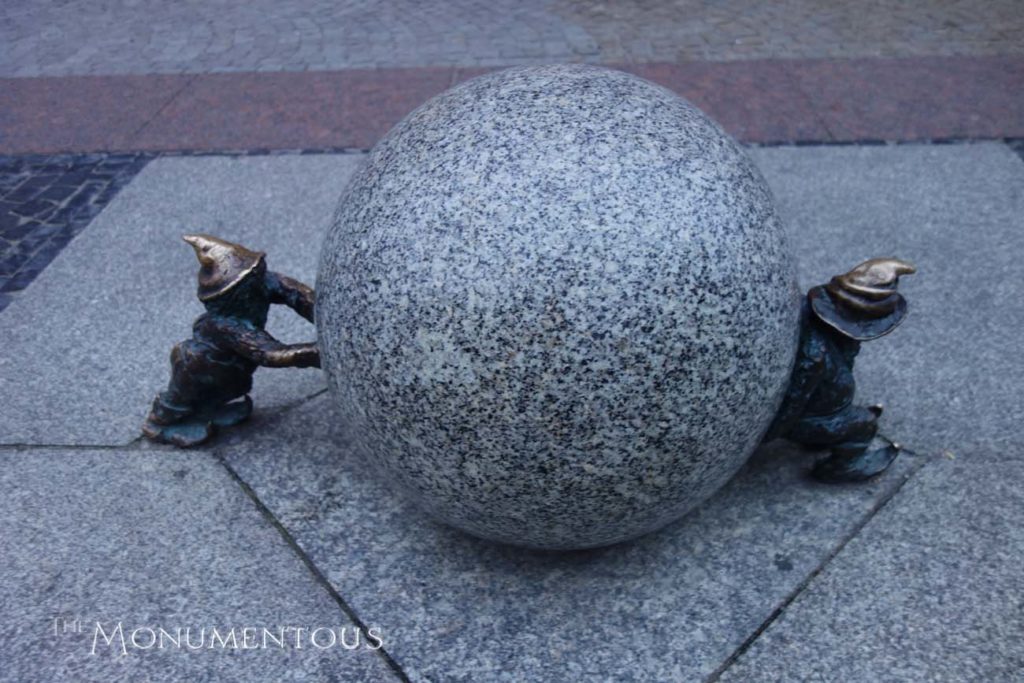
A few years after Papa Dwarf had taken his place, another was added to guard the city’s dwarf museum, and more followed after that. Tomasz Moczek, a graduate of The Academy of Art and Design in Wrocław, was tasked with designing five of those dwarfs in 2005, two of which are the Sisyphuses on Świdnicka Street. The rest of his dwarfs are the Fencer near the University of Wrocław, the Butcher in Stare Jatki Arcade and the Odra-Washer-Dwarf.
Since then, hundreds of dwarfs have appeared throughout the city. Their appearances and actions vary from being placed in shop windows to hanging from street poles, and their presence grows on a regular basis. They can be doing anything from reading a book to withdrawing money from an ATM. The variety inherent in these poses and situations draws on history in more ways than one, since the dwarf that is taking a picture of a smaller dwarf highlight the absurdity that is an inherent part of their existence in Wrocław to begin with.
To say they have become a major tourist attraction in Wrocław is an understatement, since there are shops, signs and maps dedicated to helping people discover the dwarfs. That element of discovery is what makes the experience of walking through the Old Town in Wrocław such a unique one.
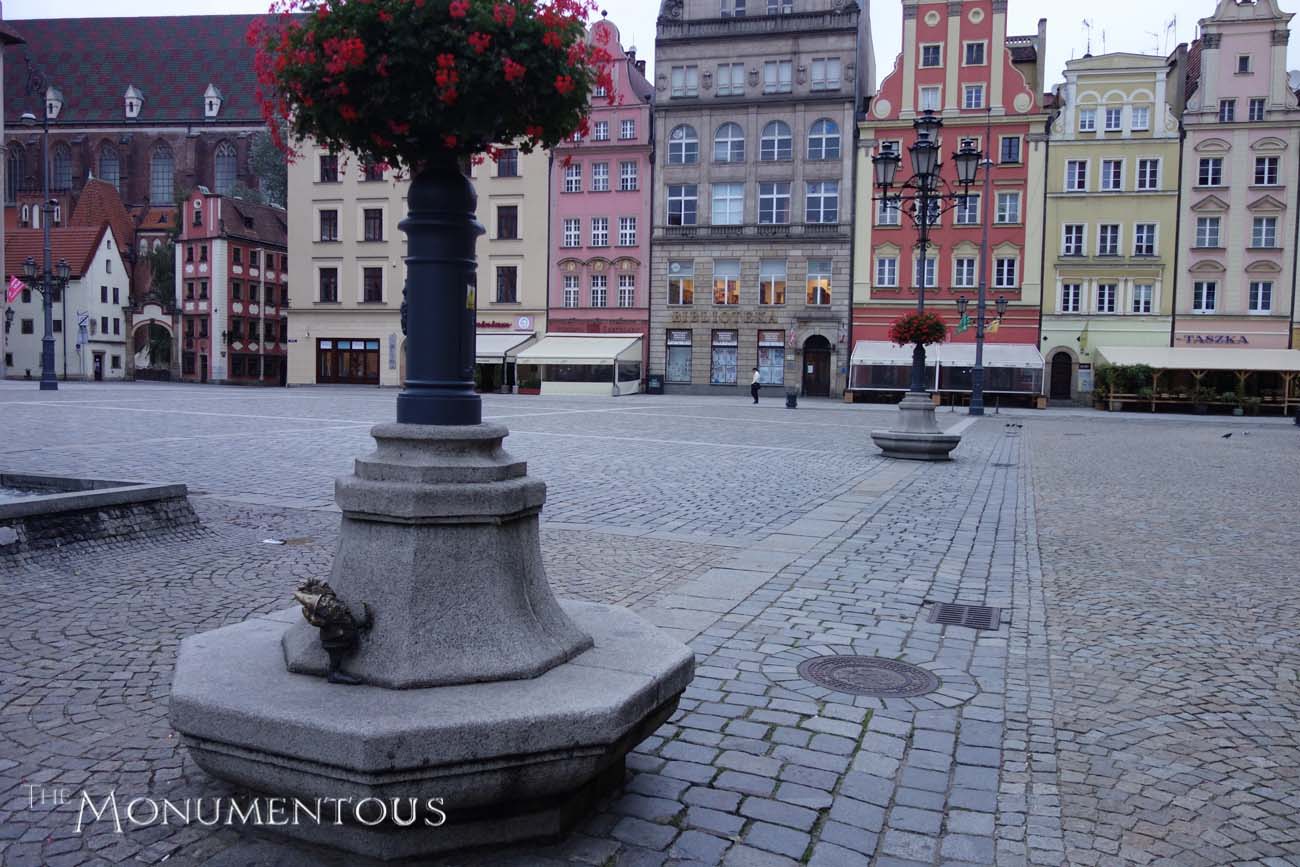
What it Means to Look for and Find a Dwarf
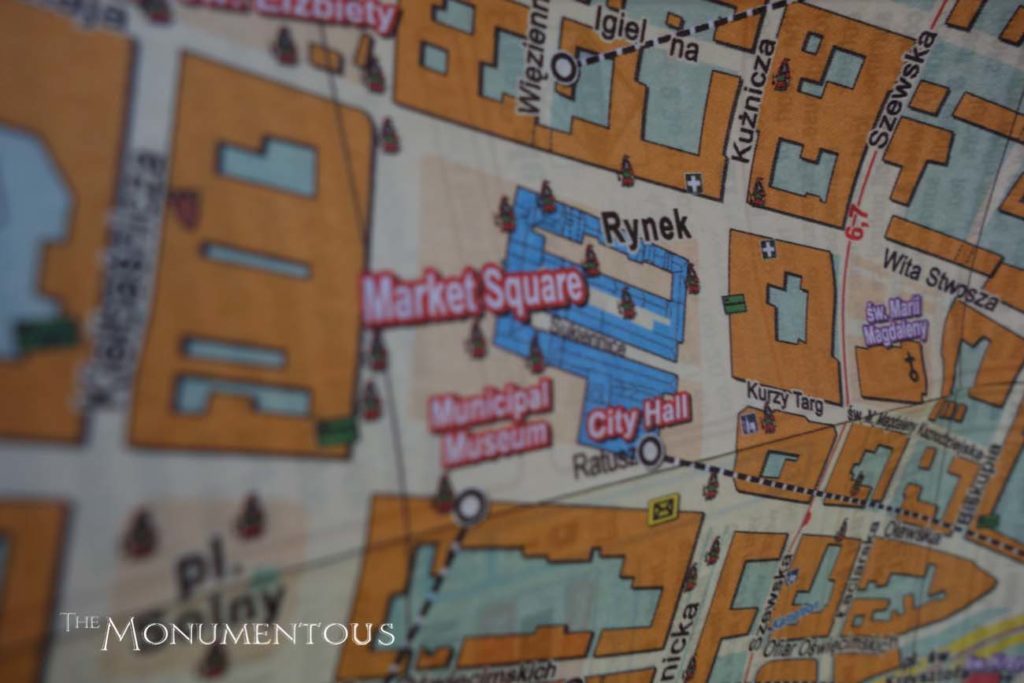
You don’t actually need a map to find the numerous dwarfs that are spread across the city, although having one certainly helps. The physical maps that are available at various locations throughout the city provide visitors and even residents with an easy way to spot and find these dwarfs.
An even more powerful option resides online though, as the interactive map allows users to search for specific dwarfs by name. Additionally, the routes it lays out provides people with an easy way to spot a handful of them. The obvious advantage with the interactive map is that it keeps up with frequent updates that are made, although it doesn’t have the charm of the physical map.
Whether you’re using a map or not, the experience associated with going on the hunt and trying to find these dwarfs is delightfully unique. Oftentimes, you’ll immediately be able to spot a dwarf in the area they’re supposed to be, but just as often you’ll find yourself looking around without any luck. In either case, viewers have a completely unique experience with every dwarf they do or don’t end up encountering.
That sense of wonder is taken to another level with the variety of poses and actions these dwarfs are in. Whether one is using the bars on a window as a jail, stumbling into a pharmacy or offering ice cream, viewers will have a different reaction to the variety of playful, everyday and absurd poses of the dwarfs.
The opportunity to engage with the sculptures in this manner has created a direct and indirect economic impact for the city, and it’s one that various businesses have utilized in powerful ways.
Attracting Tourists and Locals to the City
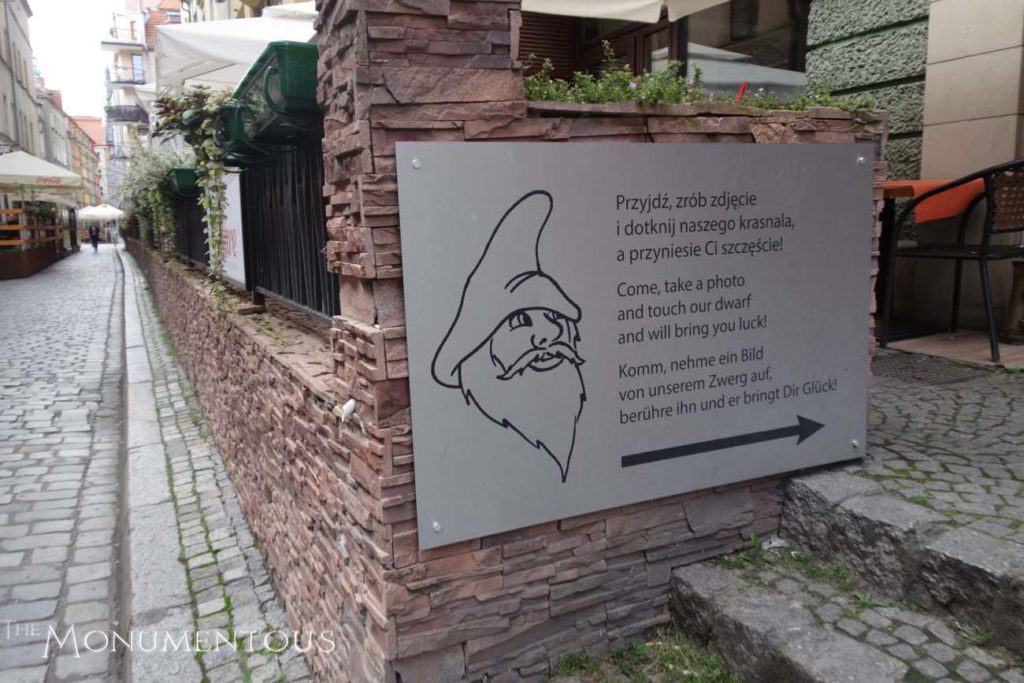 The locations of the dwarfs directly outside of certain businesses, and even within them, obviously serves as a draw for those establishments. Those businesses aren’t the only ones able to take advantage of the opportunities associated with them though, since others in the area can and do utilize the foot traffic. There are also signs and promotions that literally pull people from the street to see the dwarfs that are located in the area.
The locations of the dwarfs directly outside of certain businesses, and even within them, obviously serves as a draw for those establishments. Those businesses aren’t the only ones able to take advantage of the opportunities associated with them though, since others in the area can and do utilize the foot traffic. There are also signs and promotions that literally pull people from the street to see the dwarfs that are located in the area.
The literal economic impact they’ve created can be seen in the various tourist shops throughout the city, as well as the variety of ways these dwarfs have been incorporated into advertisements for multiple products. Tours that take groups to a variety of the dwarfs run everyday, and there are countless items that allow visitors to catalogue how many of the dwarfs they’ve found. The dwarfs are also incorporated into countless items that are available for purchase throughout the city.
Some pointed to the 2003 ceremony that put a plaque on the Dwarf’s Museum by the mayor of Wrocław as little more than a publicity stunt, but few can argue with the economic impact doing so enabled. The tradition that was created by acts like these have continued and given tourists a reason to visit the city. It’s an especially important concept given that the dwarfs are not the only attractions in the city, and visitors are able to see and engage with so much of the city simply because they come for the dwarfs but end up doing so much more once they’re in the city.
The dwarfs are far more than just a tourist attraction though. With their direct ties to the history of the city, the dwarfs have played an important role in how Wrocław has been able to transition out of the Soviet-era by enabling residents to embrace and shape something with special significance to them.
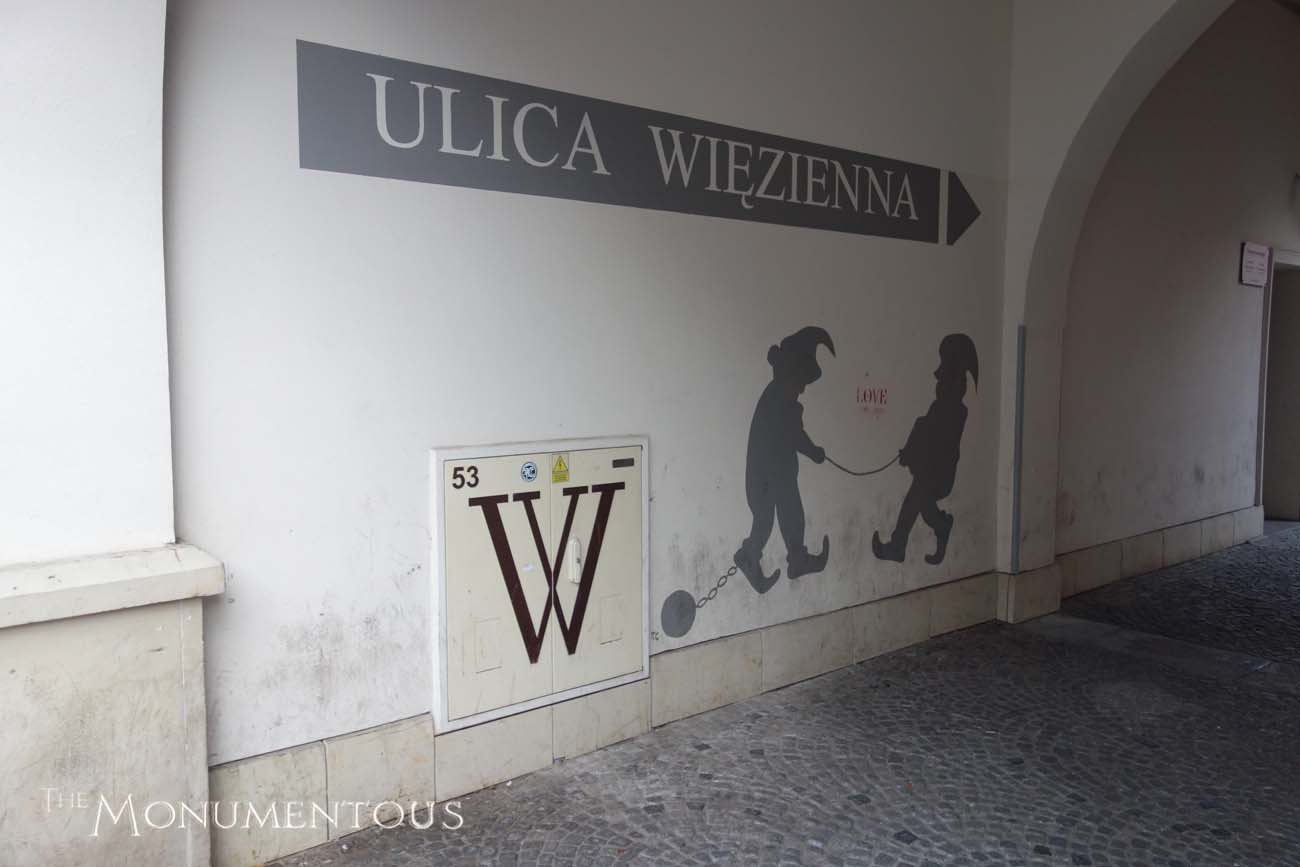
Embracing a History That Continues to Evolve
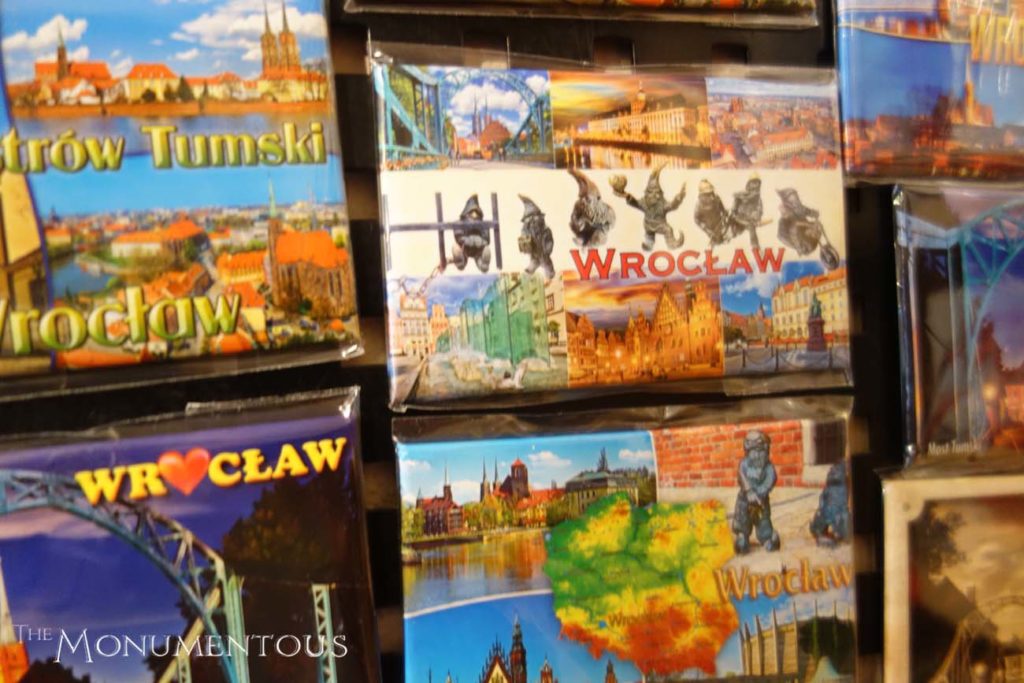 The dwarfs served an important role in the culture of Wrocław when it was under Soviet control, as members of the Orange Alternative painted ridiculous graffiti of dwarfs on city walls and used them to point out the absurdity associated with government slogans that were displayed throughout the city. Some claimed that this effort served as the most poignant element of Polish opposition to Stalinist authoritarianism.
The dwarfs served an important role in the culture of Wrocław when it was under Soviet control, as members of the Orange Alternative painted ridiculous graffiti of dwarfs on city walls and used them to point out the absurdity associated with government slogans that were displayed throughout the city. Some claimed that this effort served as the most poignant element of Polish opposition to Stalinist authoritarianism.
Today, the dwarfs and the playful nature and poses many of them take serve as a representation of what it has meant for the city to transition from this era and the government that was in power with it. The dwarfs have allowed residents to embrace their past while also seeing it evolve in a poignant manner.
Beyond the symbolic significance of the dwarfs, residents have come to interact with the sculptures in a literal way as well. The Dwarfs Festival takes place in Wrocław every year in September, where the Great Dwarf Parade opens the celebration of the Festival. The parade goes to the Old Town Garden, where the Great Dwarf Village is set. Participants can learn how to write dwarf graffiti or how to carve dwarf toys using a piece of wood or sponge. Sculptors also showcase how the dwarf sculptures are made, and attractions like the Dwarf Jugglers’ Zone is just one of the activities that take place.
These kinds of events pull the community together and express the kind of impact monuments like the Wrocław Dwarfs facilitate. They’re the kind of thing that residents and tourists flock to the city to experience, but such events only provide a small sense of the legacy these monuments have created.
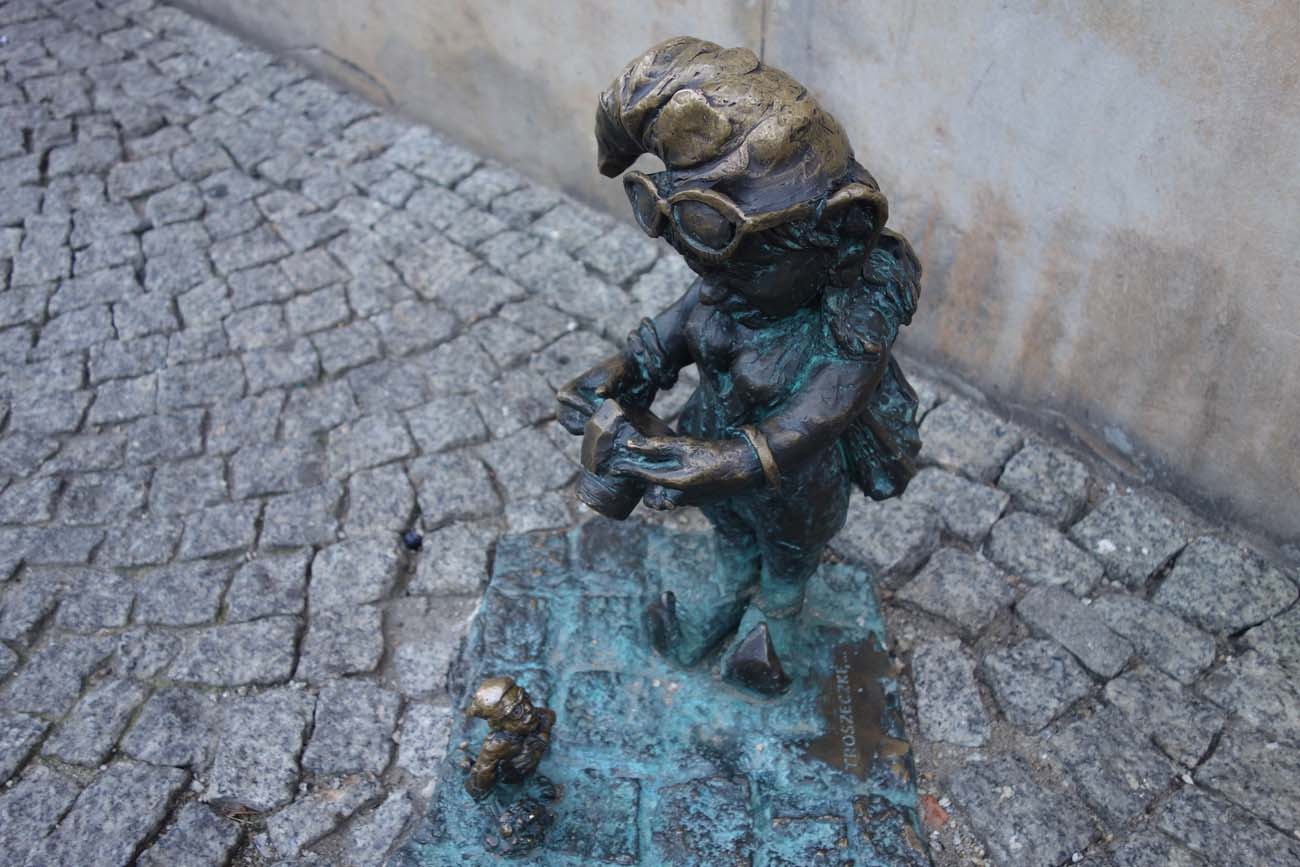
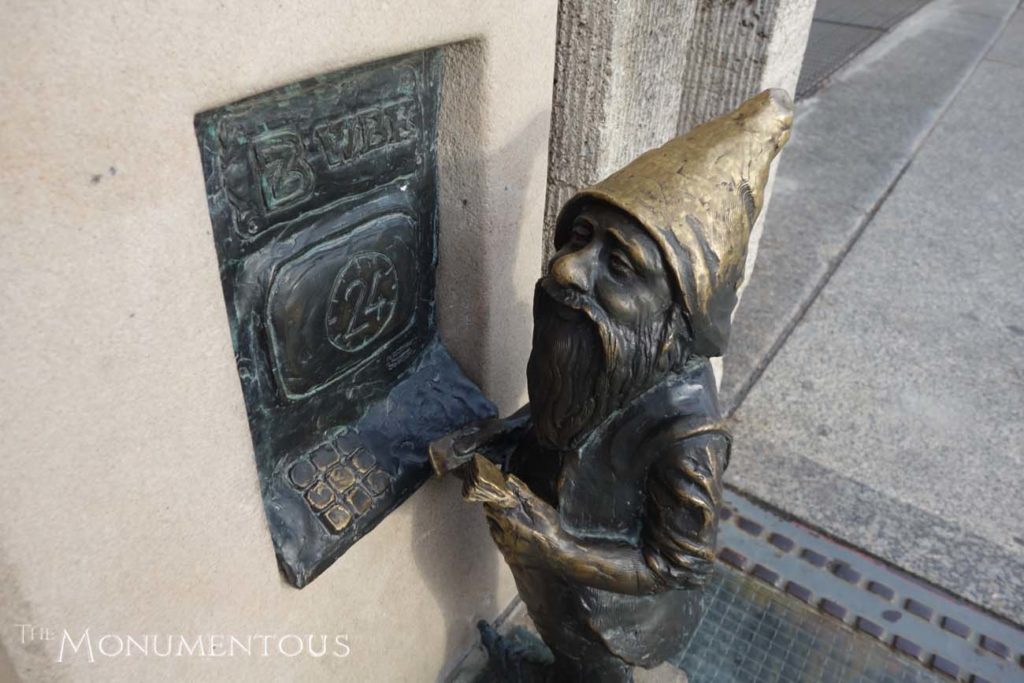
A Legacy Far Bigger than a Dwarf
Though not as physically large as some monuments, or involved to the level as others in Poland itself, the Wrocław Dwarfs are nonetheless completely riveting. Visitors often try to spot as many as they can while residents are content to enjoy the sculptures they see on a regular basis on a completely different level. That’s assuming either type of person can actually see them when passing by their location.
The fact that the legacy these dwarf statues are helping to preserve is such a recent one is something that isn’t lost on the residents of the city. Some residents are still able to speak to the sense of empowerment that the Orange Alternative inspired in the city and even the country. It’s allowed them to keep that history alive in a literal manner.
For visitors who are either partially or wholly unaware of this history, the ability to look for and find the dwarfs throughout the city is a totally unique experience that is different for every one of them, no matter how long they spend or how many times they come back. Even if they walk the exact same routes, they’re likely to have a different response to the dwarfs they find, and depending on how long it’s been, there might be a new dwarf along that very same path for them to spot.
That sense of wonder, reverence and delight that residents and visitors experience in different ways is what has allowed this monument to establish a legacy that is so much more than the sum of its tiny parts.
